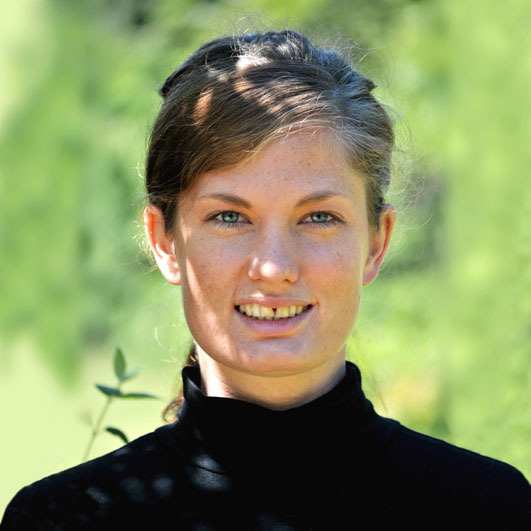Abstract:
The timing and extent of early glaciations in Greenland, and their co-evolution with the underlying landscape remain elusive. Here I will present a study, where we infer the timing of fjord formation in N and NE Greenland, by investigating the flexural isostatic response of the solid Earth associated with fjord erosion. We constrain this erosion-induced isostatic uplift in time using marine sediments of late Pliocene-early Pleistocene age, that are now exposed on land between ~24 and 230 m above sea level. By constraining the timing of fjord formation, we constrain the timing of widespread and prolonged glaciation in these regions, and infer something about the early history of the Greenland Ice Sheet.
We find that the Independence Fjord system (82°N) must have formed since ~2.5 Ma, in order to explain the current elevation of the marine late Pliocene-early Pleistocene sediments by erosion-induced isostatic uplift. In contrast, fjord formation in the outer parts of Scoresby Sund (70°N) commenced before the Pleistocene, most likely in late Miocene, and continued throughout the Pleistocene by progressive inland fjord formation. Our results suggest that the inception of the Greenland Ice Sheet began in the central parts of NE Greenland before the Pleistocene and spread to N Greenland only at the onset of the Pleistocene.
In Scandinavia we do not find such marine sediments preserved on land, that can help us constrain the timing of fjord formation. Instead, we have a much better control on the sediment volumes deposited offshore – the products of onshore erosion. In addition, we can sample the bedrock that was previously covered by thick ice. Combining clues from the offshore sediment volumes, cosmogenic nuclides and numerical modeling, we can speculate about the recent Quaternary landscape evolution in Scandinavia and the effects glaciations have on the underlying topography.
Short biography:

Vivi is a Marie Skłodowska Curie Fellow/assistant professor at the Department of Geoscience at Aarhus University.
Her research focuses on interactions between ice, surface processes, solid Earth, and sea level, with the common factor being landscape evolution.
Vivi completed her PhD at Aarhus University in 2011, whereafter she stayed several years as a postdoc at the Department of Earth Science at UiB.
Arranged date for the seminar talk: Oct 23, 2019 at 14:15, BCCR lecture room 4020. Jahnebakken 5.
